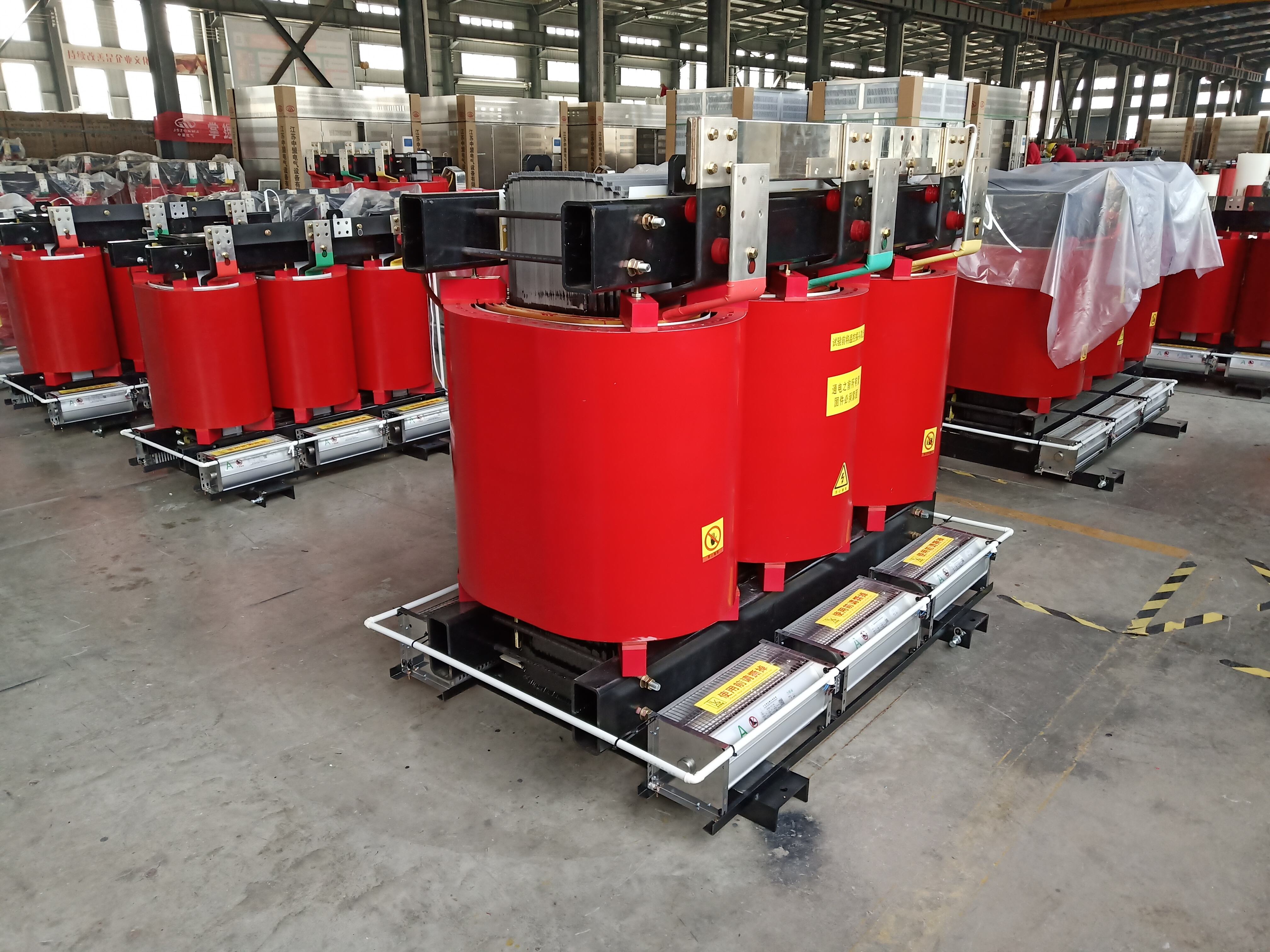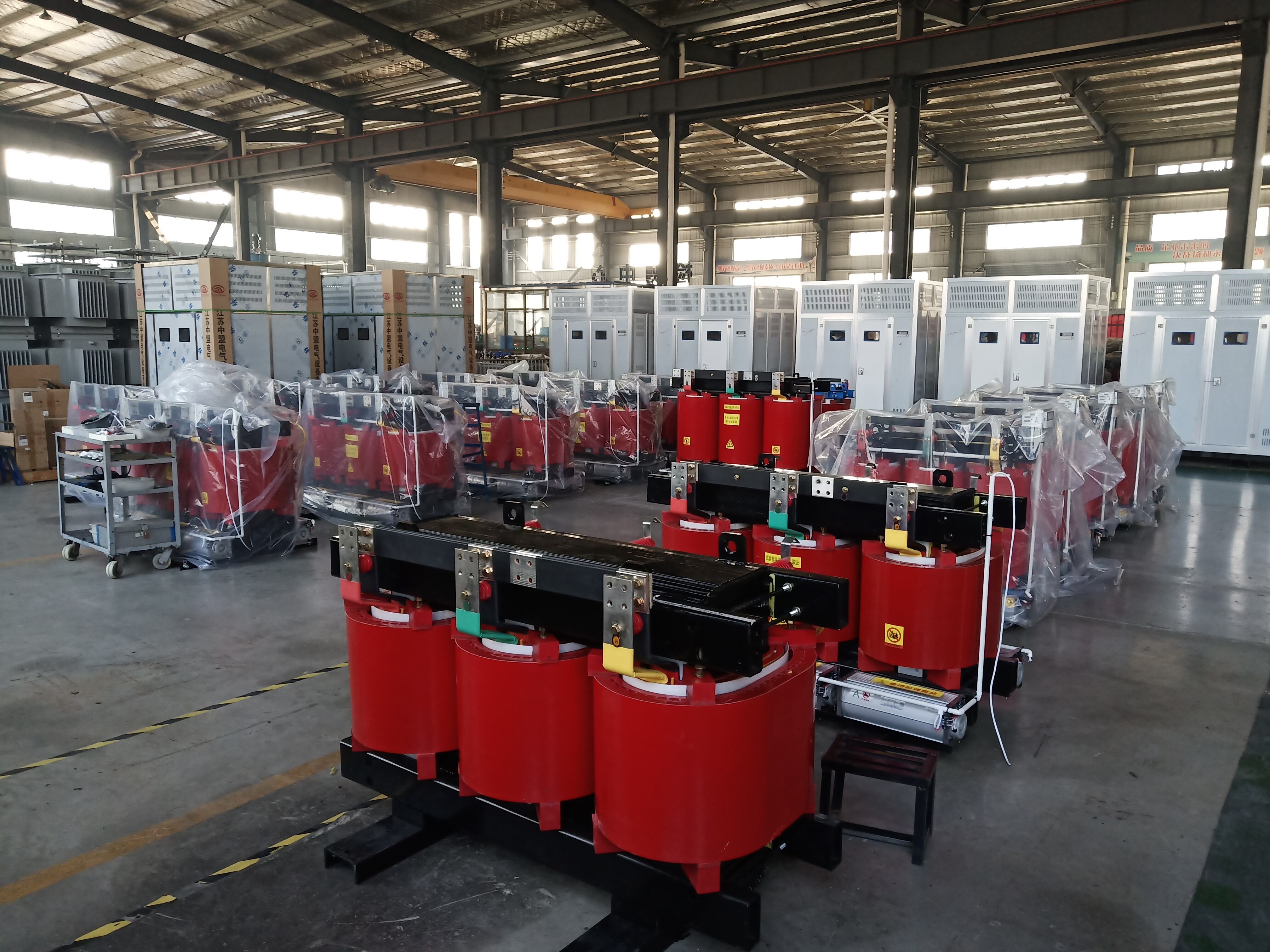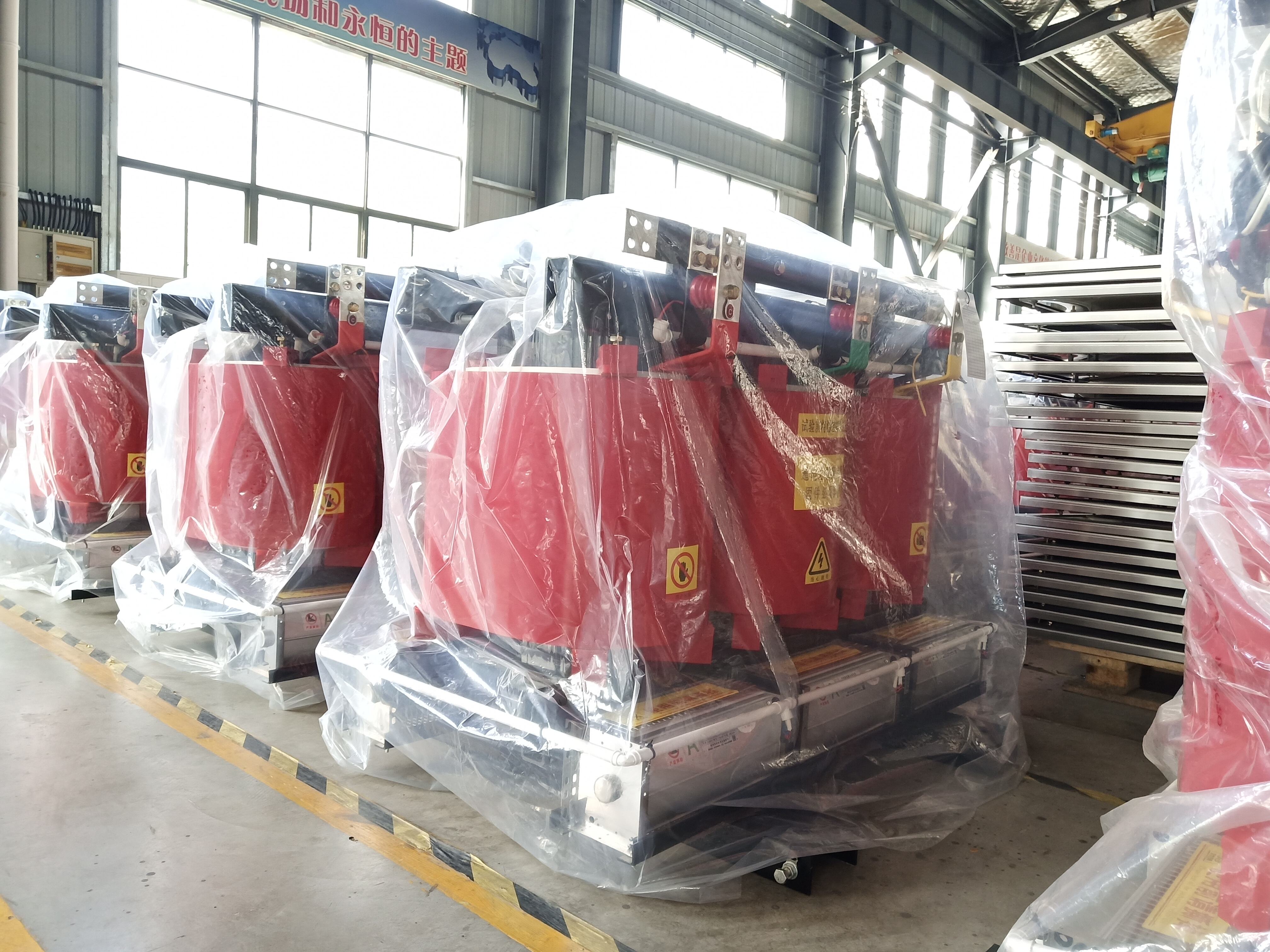substation potential transformer
A substation potential transformer (PT) is a crucial piece of electrical equipment designed to accurately transform high voltage levels to lower, measurable values for monitoring and protection purposes. These specialized transformers are essential components in power distribution systems, serving as vital instruments for voltage measurement, metering, and protective relaying applications. The PT effectively steps down the primary voltage to a standardized secondary voltage, typically 120V or 240V, allowing for safe and precise measurement by various monitoring instruments. The transformer's core technology utilizes electromagnetic induction principles to maintain a precise voltage ratio between primary and secondary windings while ensuring electrical isolation. Modern PTs incorporate advanced features such as superior insulation systems, precision winding techniques, and robust protective enclosures to ensure reliable operation in demanding substation environments. These transformers are manufactured to meet stringent accuracy classes and can maintain their precision across wide operating ranges. The design typically includes primary terminals connected to the high-voltage system, secondary terminals for measurement devices, and grounding connections for safety purposes. PTs play an indispensable role in power system protection by providing accurate voltage signals to protective relays, enabling quick response to system abnormalities and helping prevent equipment damage.


